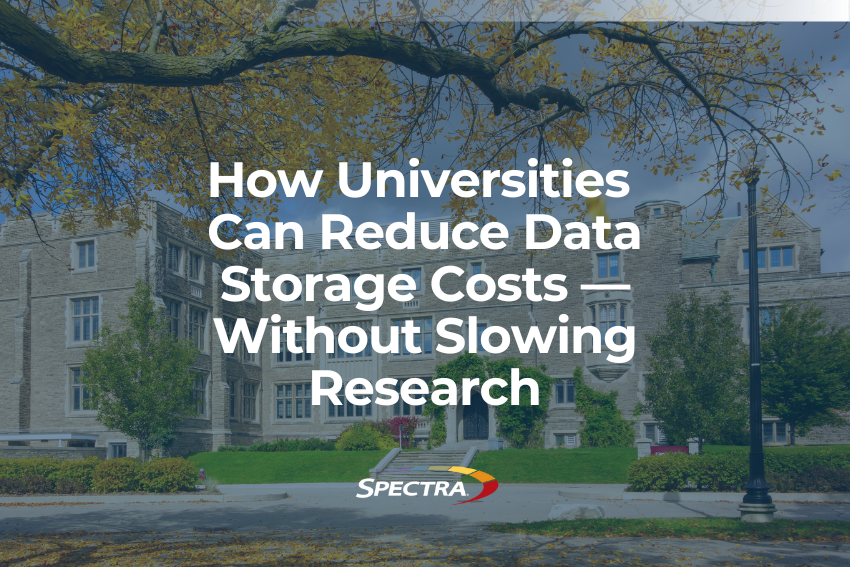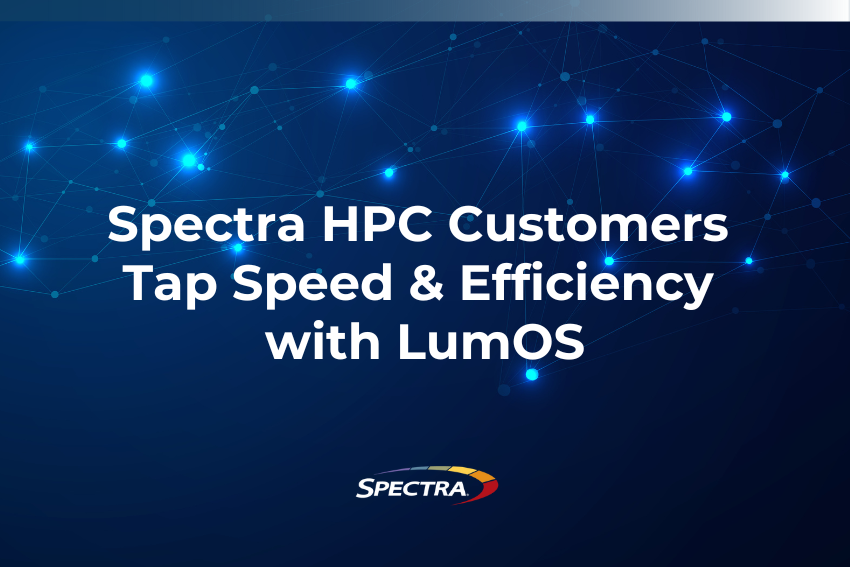Using a cloud-only approach to data storage can be costly. There are several reasons why it may not be a good idea to put all of your data in the cloud.
- Data egress fees: Cloud egress fees refer to the charges that cloud providers may impose for data transfer out of their data centers. These fees can occur when data is moved from the cloud to on-premises systems, or when data is transferred between cloud providers. These fees can add up quickly and can become a significant cost for businesses that need to move large amounts of data in and out of the cloud.
- Cloud vendor lock-in:
A cloud-only approach can lead to vendor lock-in, meaning that a business becomes heavily reliant on a single cloud provider and may have difficulty switching to a different provider if the need arises. This can result in higher costs, as the business may be required to pay a premium for services or may have to re-architect their entire infrastructure to move to a different provider. Depending on the service level agreement, an organization may lose control over the accessibility of their data if the cloud provider goes out of business or has a service interruption. - Lack of control over infrastructure: When using a cloud-only approach, businesses do not have control over the underlying infrastructure, which can limit their ability to optimize resources and reduce costs. Additionally, data stored in the cloud is often subject to the jurisdiction of the country where the cloud provider is located, which could lead to legal and compliance issues if that jurisdiction has different data protection laws than your own. Also, depending on the location of the data center, there may be a risk of data loss due to natural disasters or other unforeseen events.
- Security and compliance: A cloud-only approach may not be suitable for businesses that have strict security and compliance requirements, as data may be vulnerable to hacking or other forms of cyberattacks. It may be more expensive to ensure compliance in a cloud-only environment, as the business will have to rely on the cloud provider’s security measures, which may not be as robust as their own. As cloud providers may not have the same level of data protection as the organization, issues with data privacy may also arise.
- Limited scalability options: A cloud-only approach may limit a business’s scalability options, as they may not have the ability to scale their infrastructure as needed. This can lead to higher costs, as the business may have to pay for more resources than they actually need.
It is important for businesses to weigh the costs and benefits of using a cloud-only approach and consider using a hybrid cloud approach, which can provide a balance of cost-effectiveness, scalability, security, and control. Hybrid cloud allows businesses to take advantage of the benefits of cloud computing while avoiding some of the downsides. With hybrid cloud, businesses can store sensitive data on-premises, where they have complete control over security and compliance, and store less critical data in the cloud, where it can be easily accessed and scaled as needed. Moreover, businesses can avoid cloud egress fees by keeping data on-premises and only moving the data to the cloud as needed. Additionally, a hybrid cloud approach allows businesses to take advantage of multiple cloud providers, and avoid vendor lock-in, by using the best-suited provider for a specific workload or service.
In short, a hybrid cloud approach to storage allows businesses to have the best of both worlds: the scalability, cost-effectiveness, and flexibility of the cloud, combined with the security, control, and compliance of on-premises systems.
BlackPearl brings object storage capabilities to hybrid cloud architectures
Spectra’s BlackPearl Platform is based on a flexible, scalable architecture that can manage disk, tape, and cloud storage across multiple sites. The BlackPearl Platform delivers multi-purpose hybrid storage, combining software and hardware to create an end-to-end solution that enables organizations to leverage object storage to meet many business objectives. Integrated with a range of certified clients and file movers, BlackPearl easily and cost effectively scales up; adapts as operational requirements change; and enables easy synchronization of data between on-prem and cloud storage.
Learn more about BlackPearl here.







